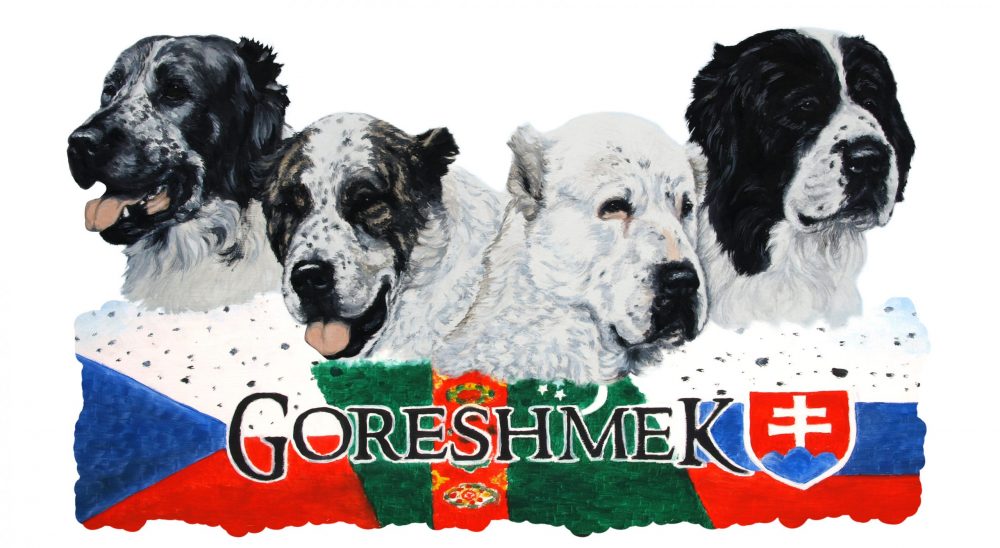Vm = the volume in liters ( L/mol) occupied by 1 mol of a gas at a temperature of 25C and pressure of 1 atm according to the ideal gas law
Formula regarding Poisoning Endpoints and you will Environmental Investigation

Rat acute oral and inhalation toxicity endpoints can be obtained from the „six-pack“ of core studies, which are a series of six guideline studies that are submitted to the Registration Division of the Office of Pesticide Programs for formulated and technical grade products of a pesticide. Previous Health Effects Division (HED) or EFED risk assessments may contain this information. If not, these data can be obtained by contacting the appropriate risk manager in the Registration Division for a specific pesticide. Avian acute oral LDfifty data may come from either a supplemental or acceptable study that provides the most sensitive toxicity endpoint to be used in the model. These studies may be either registrant-submitted or from open literature identified by the ECOTOXicology database (U). The decision to use data from a specific study will depend on EFED guidance related to acceptance criteria and the use of open literature (Uc). In the absence of these data, STIR cannot be used to evaluate potential risk from inhalation exposure. Depending on the use, these studies should be requested as they are required under the 40 CFR 158 regulations for most outdoor uses.
Equation seven – Avian Spray Droplet Breathing Amount
Your body weight of your checked out variety must also be obtained. Standard pounds presumptions for the research rodent, Mallard duck, and Bobwhite quail are supplied into the Blend. The means to access most other species (in the case of birds) or degree involving subject pets significantly not the same as the brand new presumed system weights requires the chance assessor to provide the approach weight. Such studies are obtained from the research statement whenever possible (time adjusted mediocre). As an alternative, referenced fat values is generally extracted from various supplies, along with USEPA (1993) plus the assessment lab.
The screening tool estimates a bird inhalation LD50 value (mg/kg-bw) by applying the relationship between mammalian oral and inhalation LD50 values to the most sensitive avian oral LD50 value. The rat inhalation LD50 is a function of the rat inhalation LC50 using a modified version of the HED extrapolation method (Equation 9), which is based on the Stokinger and Woodward method of route-to-route extrapolation (Pepelko and Withey, 1985). There are numerous uncertainties related to route-to-route extrapolations, including the inability to metabolize a toxin through inhalation compared to oral exposure and absorption differences across the gut compared to the lung. This method provides a means of avoiding the extrapolation uncertainties by simply converting a concentration based endpoint, (i.e., the median lethal concentration for 50% of the animals tested, LC50) to an equivalent median lethal inhalation dose for 50% of the animals tested (LD50) based on the volume of inhaled air, body weight, animal activity, and absorption efficiency. The conversion factor (CF, Equation 10) is modified for the purposes of this model to account for the inhalation rate of the mammal on an acute basis and uses the default weight assumption of 0.350 kg based on the value used in the Terrestrial Residue EXposure model (T-REX, v1.4.1; ), which is currently used by EFED for terrestrial risk assessments for birds and mammals ungerska sexiga heta tjejer. The mammalian inhalation LD50 is then adjusted to the body size of a 0.015 kg mammal (Equation 10) based on allometric equations relating the oral LD50 to body weight as applied in the T-REX. STIR uses the ratio of avian to mammalian relative diffusion rates across lung tissue (Qa/Qm; US EPA 2004a) to account for differences between avian and mammalian lung membrane thickness and surface area as they relate to absorption efficiency. STIR then adjusts the estimated bird inhalation LD50 (Equation 11) to the body size of a 0.020 kg bird (Equation 12) based on the allometric equation relating the avian oral LD50 to body weight as applied in the T-REX.
